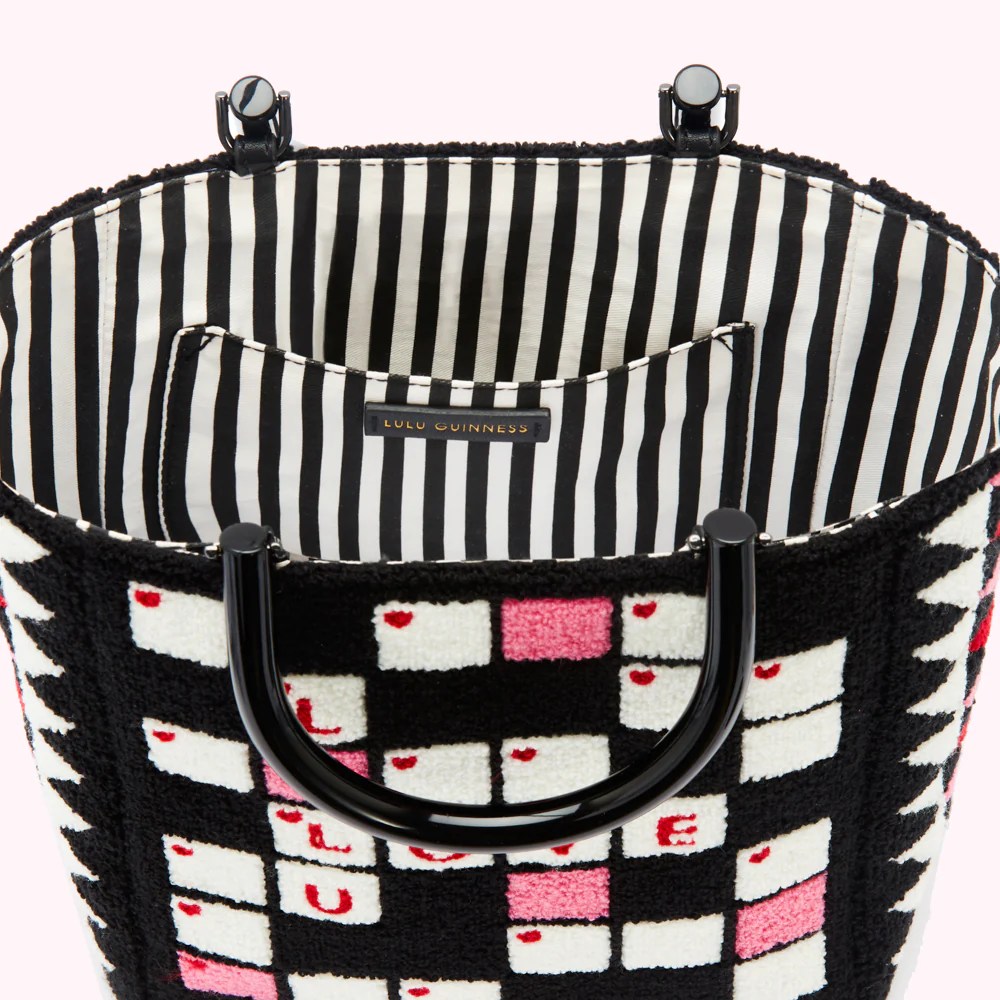Not in the pink crossword – Welcome to the intriguing realm of the “Not in the Pink” crossword clue. As we embark on this linguistic adventure, we will delve into its multifaceted meanings, explore its cultural nuances, and unravel its historical origins.
Join us as we decipher the secrets behind this enigmatic phrase, tracing its journey through language, health, and society. Let’s begin our exploration and discover the captivating story behind “Not in the Pink.”
Contextual Understanding
The crossword clue “not in the pink” is a figurative expression that refers to a state of being unwell or not feeling one’s best.
Potential answers to this clue could include words or phrases like “under the weather,” “feeling poorly,” or “not feeling well.”
Significance in Everyday Language
The phrase “not in the pink” is commonly used in everyday language to describe a temporary state of feeling unwell or indisposed. It is a colloquial expression that conveys a sense of not being at one’s peak health or well-being.
Health Implications

Not being “in the pink” can have serious health implications. Various medical conditions are associated with poor health, each with its own symptoms and treatments.
Maintaining good health and avoiding health issues requires a proactive approach, including regular checkups, a balanced diet, and an active lifestyle.
Common Medical Conditions Associated with Poor Health
- Cardiovascular Disease:High blood pressure, high cholesterol, and heart disease are common conditions linked to poor health. Symptoms include chest pain, shortness of breath, and fatigue. Treatment involves medication, lifestyle changes, and, in some cases, surgery.
- Diabetes:This chronic condition affects the body’s ability to produce or use insulin, leading to high blood sugar levels. Symptoms include excessive thirst, frequent urination, and blurred vision. Treatment involves medication, diet, and exercise.
- Obesity:Excessive body fat can increase the risk of various health problems, including heart disease, diabetes, and stroke. Symptoms include difficulty breathing, joint pain, and low energy. Treatment involves diet, exercise, and, in some cases, medication or surgery.
- Mental Health Conditions:Depression, anxiety, and other mental health issues can significantly impact overall well-being. Symptoms vary depending on the condition but may include low mood, difficulty concentrating, and sleep disturbances. Treatment typically involves therapy, medication, or a combination of both.
Tips for Maintaining Good Health
- Regular Checkups:Visit your doctor for regular checkups to monitor your health, detect potential problems early, and receive preventive care.
- Balanced Diet:Consume a diet rich in fruits, vegetables, whole grains, and lean protein. Limit processed foods, sugary drinks, and unhealthy fats.
- Active Lifestyle:Engage in regular physical activity, such as walking, running, or swimming. Aim for at least 30 minutes of moderate-intensity exercise most days of the week.
- Manage Stress:Find healthy ways to manage stress, such as exercise, meditation, or spending time in nature. Chronic stress can negatively impact your physical and mental health.
- Adequate Sleep:Aim for 7-9 hours of quality sleep each night. Sleep deprivation can impair cognitive function, mood, and overall health.
Cultural Perspectives

The phrase “not in the pink” carries diverse cultural connotations, reflecting the unique perceptions and approaches to health and well-being across different cultures.
In Western cultures, the phrase often signifies a state of ill health or a lack of physical fitness. It suggests that an individual is not in optimal health and may be experiencing symptoms or ailments.
Cultural Beliefs and Practices
Cultural beliefs and practices play a significant role in shaping perceptions of health and well-being. In some cultures, traditional medicine and healing practices are deeply rooted in spiritual beliefs and rituals. For instance, in many indigenous cultures, illness is often attributed to imbalances in the body or spirit, and healing involves restoring harmony through rituals and natural remedies.
In contrast, modern Western medicine emphasizes scientific evidence and technological advancements. It focuses on treating specific diseases and symptoms, often relying on pharmaceuticals and surgical interventions.
Solving a crossword puzzle can be a fun way to test your knowledge. For example, if you’re stumped on the clue “not in the pink,” you might want to check out who is dudley hughes ffa for some helpful tips.
Dudley Hughes FFA is a well-known organization that promotes agricultural education and leadership development. So, if you’re looking to improve your crossword skills, be sure to check out their website for more information.
Health Disparities
Cultural perspectives can also contribute to health disparities. Individuals from marginalized or underserved communities may face barriers in accessing healthcare due to cultural beliefs, language barriers, or socioeconomic factors. This can lead to delayed diagnosis, inadequate treatment, and poorer health outcomes.
Addressing cultural perspectives in healthcare is crucial for promoting equitable access to healthcare services and improving health outcomes for all.
Literary and Artistic Depictions

Literature and art have long been used to explore the themes of health and illness. Authors and artists have used the phrase “not in the pink” or similar expressions to describe characters who are physically or mentally unwell. These depictions can help us to understand the experiences of those who are struggling with health issues and to raise awareness of the importance of health and well-being.
Literary Works
There are many literary works that explore the themes of health and illness. Some of the most famous examples include:
- The Scarlet Letterby Nathaniel Hawthorne: This novel tells the story of a woman who is ostracized from her community after she has an affair and gives birth to a child out of wedlock. The protagonist, Hester Prynne, is forced to wear a scarlet letter “A” on her chest as a punishment for her sin.
The novel explores the themes of guilt, shame, and redemption.
- The Catcher in the Ryeby J.D. Salinger: This novel tells the story of a teenage boy named Holden Caulfield who is struggling with depression and anxiety. Holden runs away from home and spends several days wandering around New York City. The novel explores the themes of alienation, loneliness, and the search for meaning.
- One Flew Over the Cuckoo’s Nestby Ken Kesey: This novel tells the story of a group of patients in a mental hospital. The protagonist, Randle McMurphy, is a rebellious and charismatic man who challenges the authority of the hospital staff. The novel explores the themes of madness, freedom, and the power of the human spirit.
Artistic Depictions
Health issues have also been depicted in art throughout history. Some of the most famous examples include:
- The Sick Childby Edvard Munch: This painting depicts a young girl who is lying in bed, sick with an unknown illness. The painting is a powerful and moving portrayal of the suffering that can be caused by illness.
- The Screamby Edvard Munch: This painting depicts a figure with a distorted face and open mouth, screaming in agony. The painting is often interpreted as a representation of the anxiety and despair that can be caused by mental illness.
- Guernicaby Pablo Picasso: This painting depicts the bombing of the Basque town of Guernica during the Spanish Civil War. The painting is a powerful and harrowing indictment of the horrors of war and the suffering that it can cause.
Impact of Depictions
The literary and artistic depictions of health issues can have a significant impact on society. These depictions can help us to understand the experiences of those who are struggling with health issues and to raise awareness of the importance of health and well-being.
They can also challenge our assumptions about health and illness and encourage us to think more deeply about the complexities of these issues.
Language and Etymology

The phrase “not in the pink” has a long and intriguing history, with its origins traced back to the 17th century. Its evolution reflects changing cultural and linguistic norms, as well as the evolving understanding of health and well-being.
Origins and Early Usage, Not in the pink crossword
The earliest known use of the phrase “not in the pink” appeared in 1694 in a medical text by Sir John Floyer. Floyer used the phrase to describe a person who was not in good health, specifically someone who had a pale complexion.
At that time, a rosy complexion was considered a sign of good health, while a pale complexion was associated with illness or weakness.
Influence of Fashion and Social Norms
In the 18th and 19th centuries, the phrase “not in the pink” became more widely used, particularly in fashionable circles. During this period, a pale complexion was considered fashionable for women, as it was seen as a sign of refinement and delicacy.
As a result, the phrase “not in the pink” came to be used to describe someone who was not fashionable or who did not conform to the prevailing beauty standards.
Medical and Scientific Advances
In the 20th century, with the advent of modern medicine and a better understanding of health and disease, the phrase “not in the pink” gradually lost its association with physical illness. However, it continued to be used in a more general sense to describe someone who was not feeling well or who was not at their best.
Contemporary Usage
Today, the phrase “not in the pink” is still used in everyday language to describe someone who is not feeling well or who is not in good spirits. It is often used in a light-hearted or humorous way, but it can also be used to convey a more serious concern about someone’s health or well-being.
FAQ Corner: Not In The Pink Crossword
What is the significance of the phrase “not in the pink”?
The phrase “not in the pink” signifies a state of ill health or indisposition, often referring to minor ailments or temporary setbacks.
What are some common medical conditions associated with not being “in the pink”?
Common conditions include fatigue, headaches, digestive issues, and mild infections, which can be caused by various factors such as stress, poor diet, or lack of sleep.
How can we maintain good health and avoid health issues?
Maintaining a healthy lifestyle through regular exercise, a balanced diet, adequate sleep, and stress management can significantly reduce the risk of health problems.